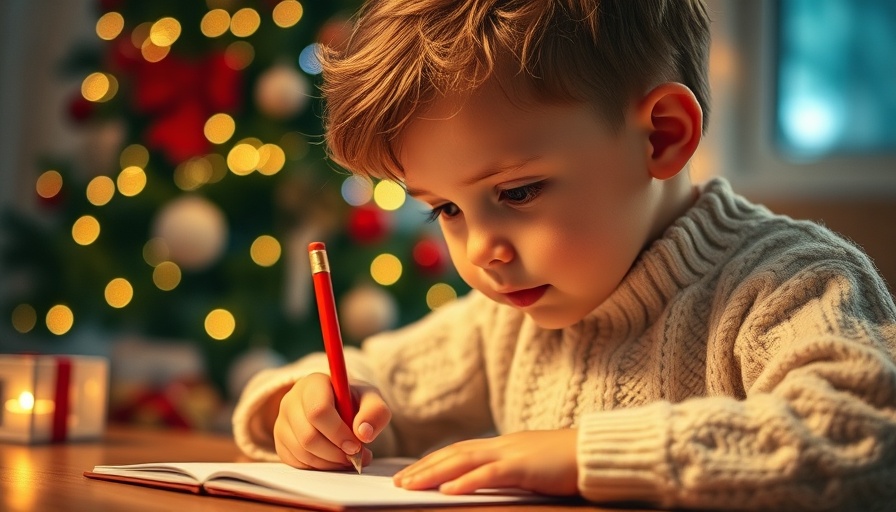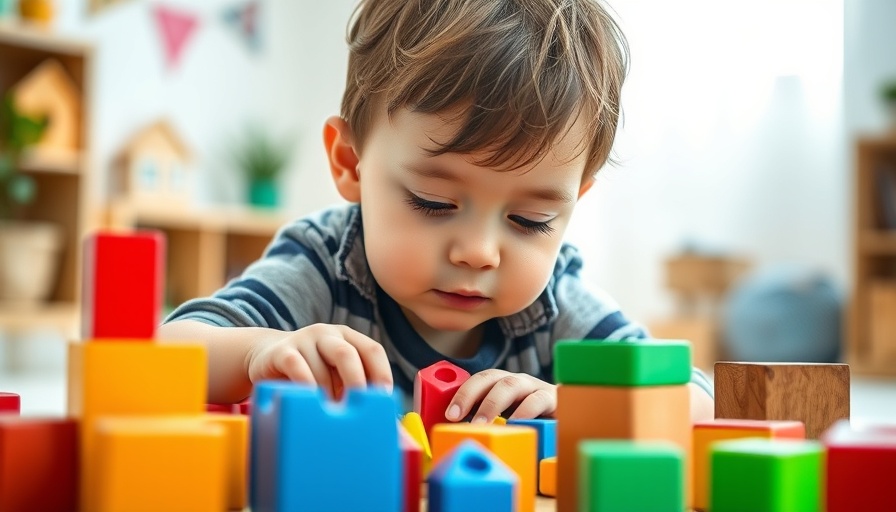
Embracing the Magic of Holidays Across Cultures
The holiday season is a delightful tapestry woven with traditions and celebrations that fill homes with joy and warmth. For children, this time of the year is particularly magical, filled with cherished memories made from customs and rituals that may vary widely from family to family. While some utilize the festive spirit to bind generational connections—the tree lighting of Christmas, for instance—others may opt for unique methods of celebration from different cultures, each moment creating a rich environment filled with wonder and learning.
Fostering Curiosity and Understanding Through Diverse Traditions
In an increasingly globalized world, exposing children to the various ways families celebrate the holidays cultivates an appreciation for cultural diversity. As kids engage with friends and peers, their natural curiosity about how others celebrate can lead to enlightening conversations about traditions. Understanding that Christmas is celebrated alongside Hanukkah, Kwanzaa, or the Lunar New Year gives children an expansive view of how culture influences celebration and community.
Play-Based Learning as a Path to Cultural Understanding
Play is a crucial tool in teaching children about diverse cultures' traditions and practices. Role-playing with dolls or figurines can serve as an imaginative gateway into understanding celebrations like Hanukkah and Lunar New Year, thereby fostering empathy and awareness of others' customs. Children can recreate festive scenarios, make up personal stories, and in the process, discover the significance of holidays that may be different from their own.
Interactive Games and Puzzles: Learning Through Engagement
Interactive games and educational puzzles that showcase global cultural celebrations offer children a hands-on approach to learning. For instance, puzzles featuring various countries can encourage children to explore different festive customs while developing their geographical knowledge. They may grow intrigued about the regions represented and be motivated to undertake research projects about those cultures.
Creative Arts and Crafts to Celebrate Diversity
Artistic expression is another enjoyable way for children to learn about different cultural traditions. Simple arts and crafts activities can be structured around creating symbols associated with various holidays, such as Kwanzaa candles or Diwali lanterns. While crafting, children can talk about the meaning behind these items, promoting a deeper connection to the customs they represent.
Tips for Educators: Creating Inclusive Holiday Environments
The holiday season provides an excellent opportunity for early childhood educators to foster an inclusive environment that acknowledges and celebrates various traditions. By inviting families to share their cultural customs, educators can build a classroom that serves as a microcosm of global celebrations. Activities should focus on shared values, such as kindness and community, that resonate across all traditions. This inclusive approach not only enriches children’s learning experiences but prepares them for an increasingly multicultural future.
Conclusion: The Importance of Inclusion and Celebration
As we navigate through the holiday season, it is imperative to embrace its diversity and encourage appreciation among children for the myriad ways people around the globe celebrate. When children observe and partake in these unique traditions, they gain insights into others' values and practices, paving the way for empathy and mutual respect. For teachers and parents, integrating lessons on holiday traditions through play can forge lasting memories while celebrating cultural differences. Let us create a classroom and home environment that reflects the beauty of global diversity, setting a foundation for the future generation to carry forth as global citizens.
 Add Row
Add Row  Add
Add 




 Add Row
Add Row 

 Add
Add
Write A Comment